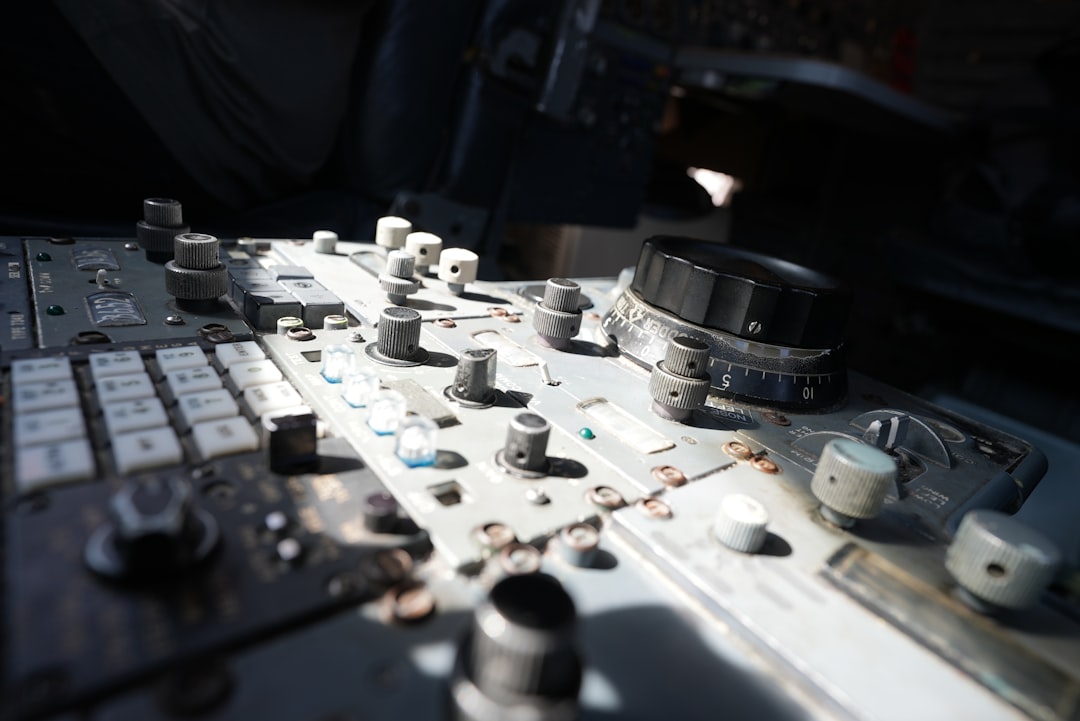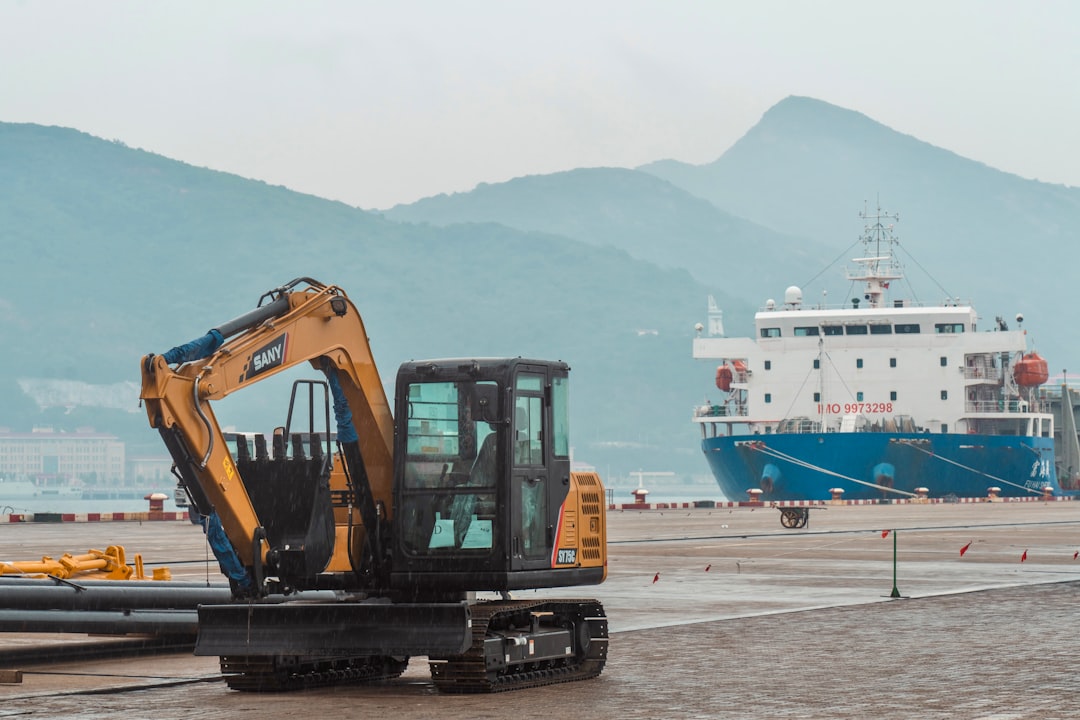The Navy's New 'LOC-NESS' Monster: How Civilian Tech Is Secretly Powering America's Warships

In a stunning move that is sending ripples through the multi-trillion-dollar defense industry, the U.S. Navy is turning to an unexpected source to power its next generation of warships: the civilian world.
For decades, the path to outfitting America's naval fleet was a closed loop, dominated by specialized, defense-only contractors building bespoke systems from the ground up. This marks a dramatic departure from a time when military and commercial vessels were practically cousins, sharing supply chains and technology. That historic link was severed in recent years, creating a costly and slow-moving silo for naval innovation.
But the tides are turning.
Faced with the challenge of developing a state-of-the-art energy storage system (ESS) for its Long Operation Combatant Naval Energy Storage System (LOC-NESS) initiative, the Navy did something radical. Instead of embarking on a lengthy and expensive internal development process, it looked to the commercial sector, which has already perfected the technology for cruise ships and massive container vessels.
This strategic pivot led them to a groundbreaking partnership with Siemens Energy in June 2024. The Navy's logic, as sources close to the project reveal, was refreshingly simple: the commercial industry has been innovating in this space for years, so why reinvent the wheel?
This collaboration is far more than a single contract; it signals a seismic shift in military procurement strategy. By adapting a proven, off-the-shelf commercial system, the Navy is poised to slash development timelines, dramatically cut costs, and inject a fresh wave of battle-ready innovation into its fleet. Siemens Energy is now tasked with adapting its robust commercial maritime energy solutions to meet the rigorous demands of a modern combat vessel.
For commercial maritime suppliers, this is the opportunity of a lifetime. The once-impenetrable fortress of defense contracting is showing its first cracks. This move opens the door for a host of companies specializing in civilian maritime tech to compete for lucrative military contracts, potentially revolutionizing the entire defense supply chain.
The LOC-NESS project represents a powerful reunion of the military and commercial maritime worlds, promising a more agile, efficient, and technologically advanced naval force for the future.



